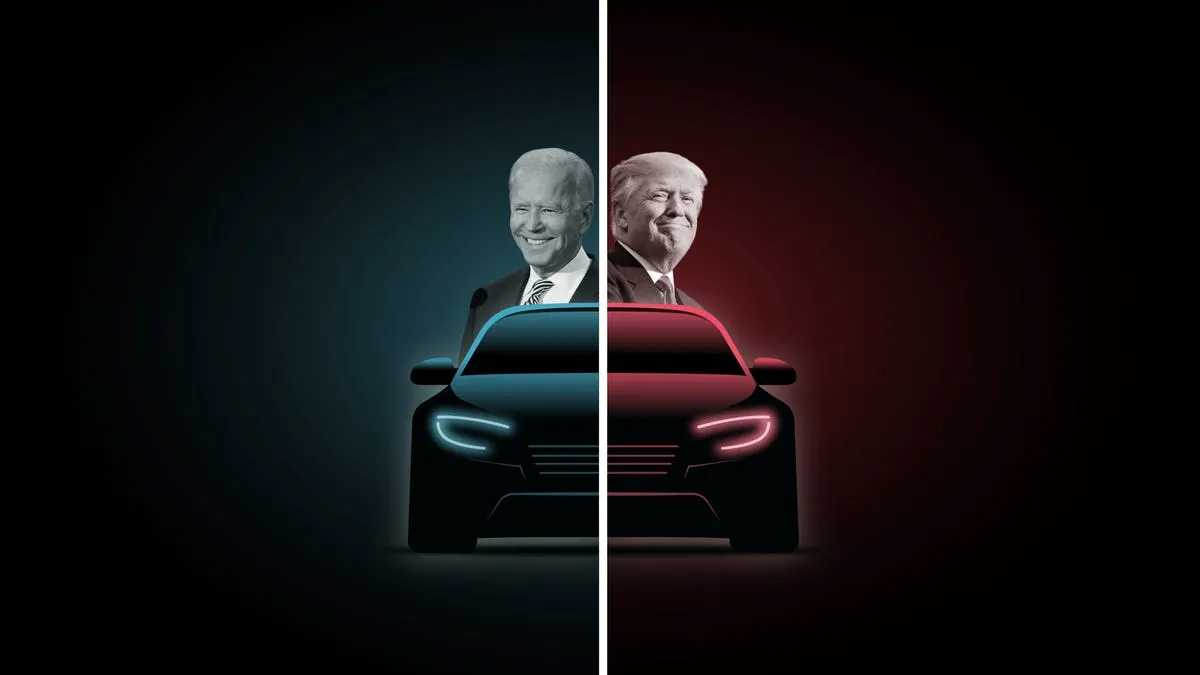
If you’ve been contemplating the purchase of a new electric vehicle (EV), now is the time to act. You have less than three months to capitalize on tax credits available through both Joe Biden’s and Donald Trump’s administrations. Understanding how each president's significant legislation can help you save on a new car is crucial for making an informed decision.
The Inflation Reduction Act of 2022, a key piece of legislation from the Biden administration, offers a tax credit of up to $7,500 for new, plug-in electric vehicles and fuel-cell electric vehicles. However, be aware that this credit will expire on September 30, 2023, as part of Trump's tax and spending policy bill. This means that if you're considering a new EV purchase, you need to act quickly to take advantage of this significant saving opportunity.
On the other hand, Trump's “Big Beautiful Bill” introduces an enticing annual tax credit of up to $10,000 on the interest of loans for new vehicles, provided they weigh less than 14,000 pounds and are assembled in the United States. This credit is applicable for purchases made between 2025 and 2028. Although this credit won’t help you immediately, it’s essential to understand how it can aid your future purchases.
You might be wondering how to stack these tax credits effectively. Combining the benefits of Biden’s and Trump’s credits over the next four years could lead to substantial savings on your new EV. However, it’s essential to evaluate if this strategy aligns with your financial goals and purchasing preferences.
While the combined tax credits can provide significant savings, purchasing a new EV may not always be the best financial investment. Currently, the average price for a new EV is approximately $57,734, according to Kelley Blue Book. Even with the $7,500 tax credit, the premium for an EV over a gas-powered vehicle stands at around $1,500.
On the other hand, when you analyze the five-year fuel costs, the numbers favor EVs: $9,490 for gas-powered vehicles compared to just $4,295 for EVs, highlighting the long-term savings potential of electric vehicles.
If the allure of a brand-new car isn’t a priority for you, consider the used EV market. The average listing price for a used EV this year is nearly $20,000 less than new models, according to Kelley Blue Book. Additionally, Biden's legislation offers a $4,000 tax credit for used EVs, although this would not qualify for the Trump tax credit.
Before making any decisions, it’s important to understand the eligibility criteria for these tax credits. Under the Big Beautiful Bill, the tax credit for auto loans phases out for individuals earning between $100,000 and $150,000 and for joint filers earning between $200,000 and $250,000. Furthermore, this credit is not applicable for fleet purchases, commercial vehicles, or leasing.
In conclusion, the combined tax credits from Biden’s Inflation Reduction Act and Trump’s Big Beautiful Bill present a unique opportunity for prospective electric vehicle buyers. Evaluate your options carefully and act quickly to maximize your savings. Whether you choose a new or used EV, understanding these financial incentives can significantly impact your purchase decision.